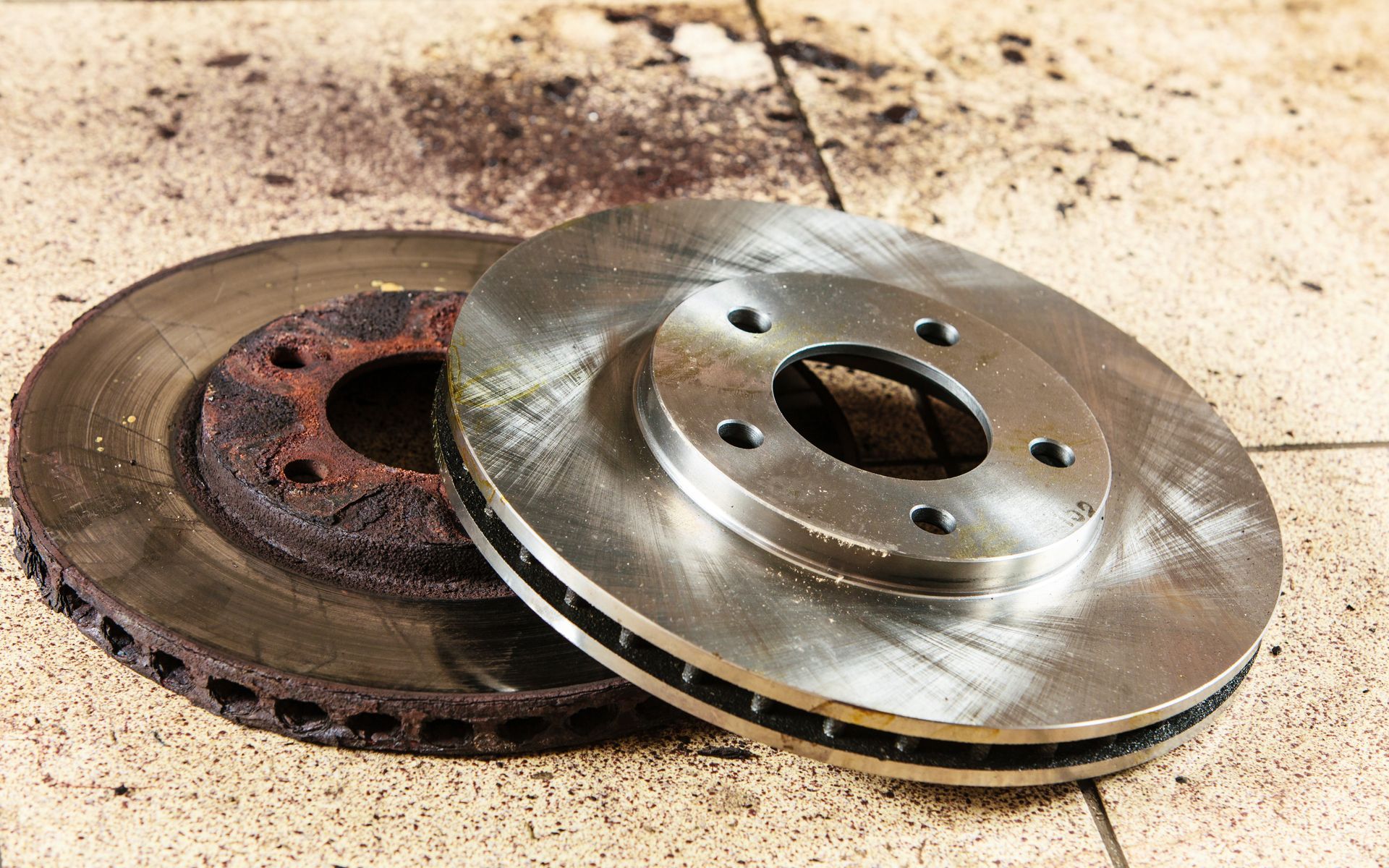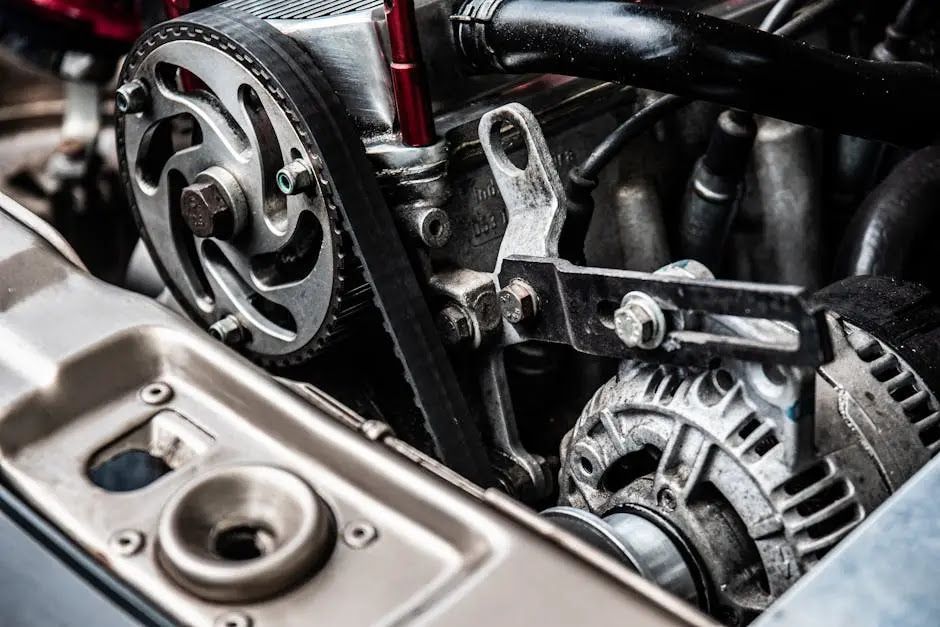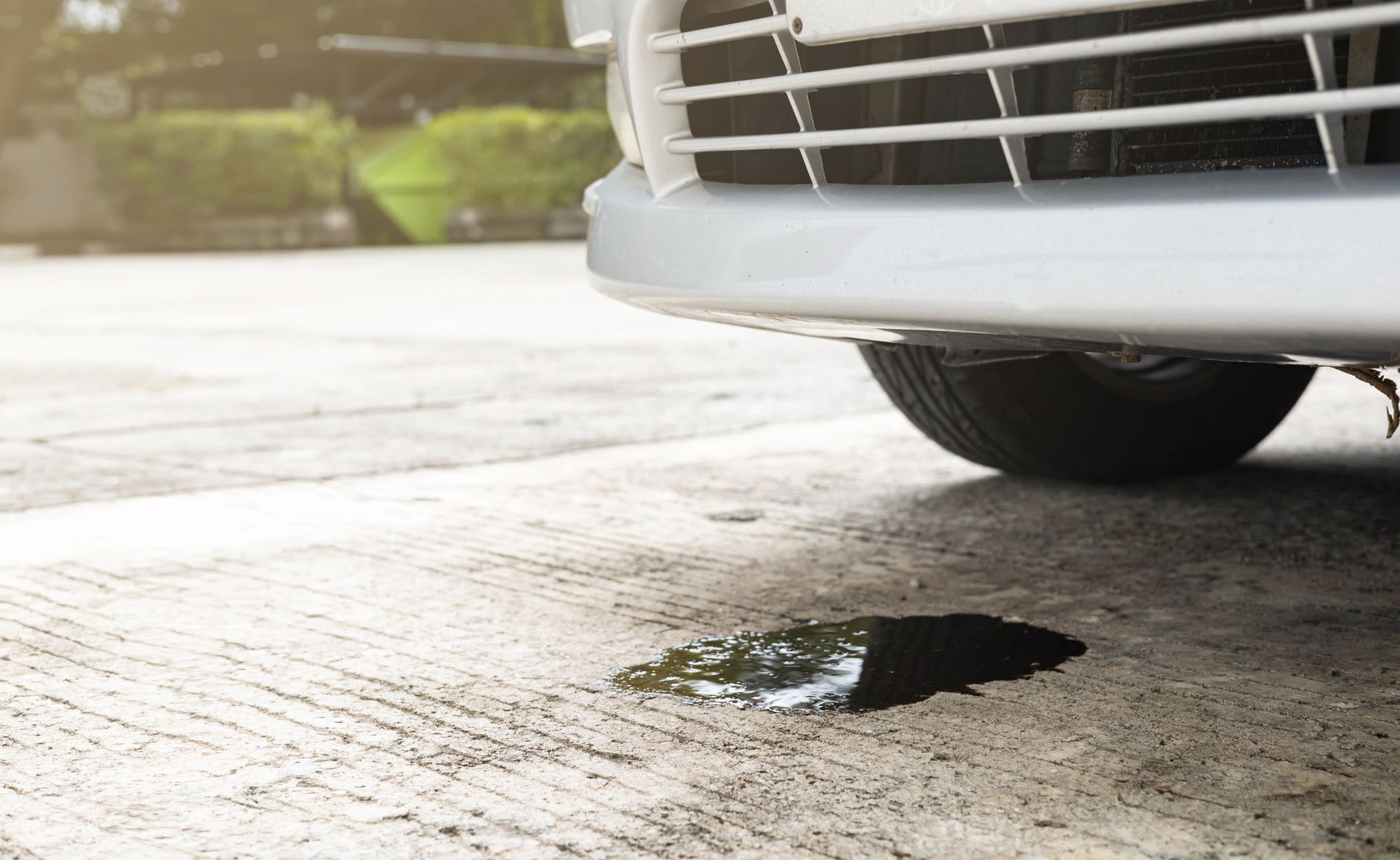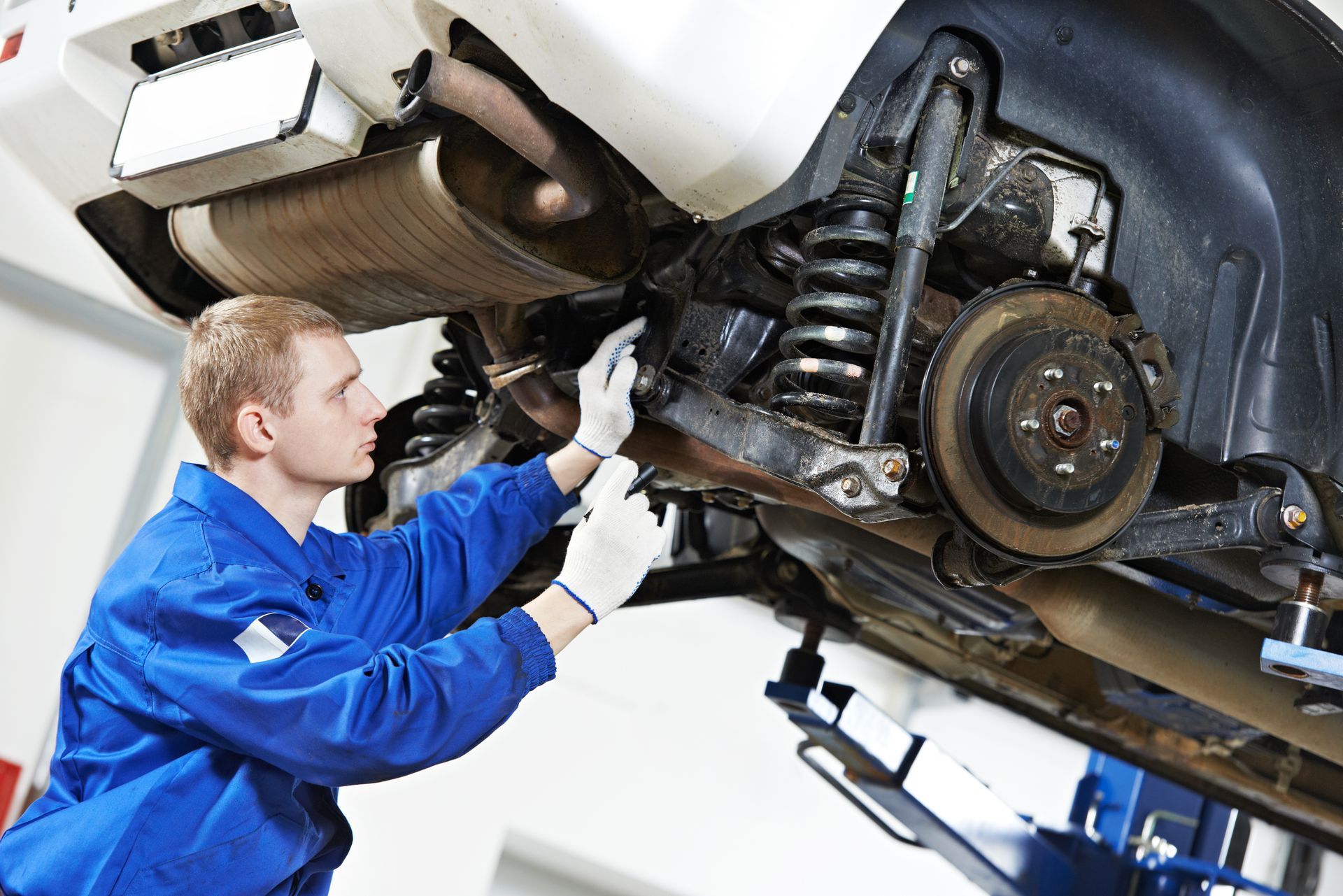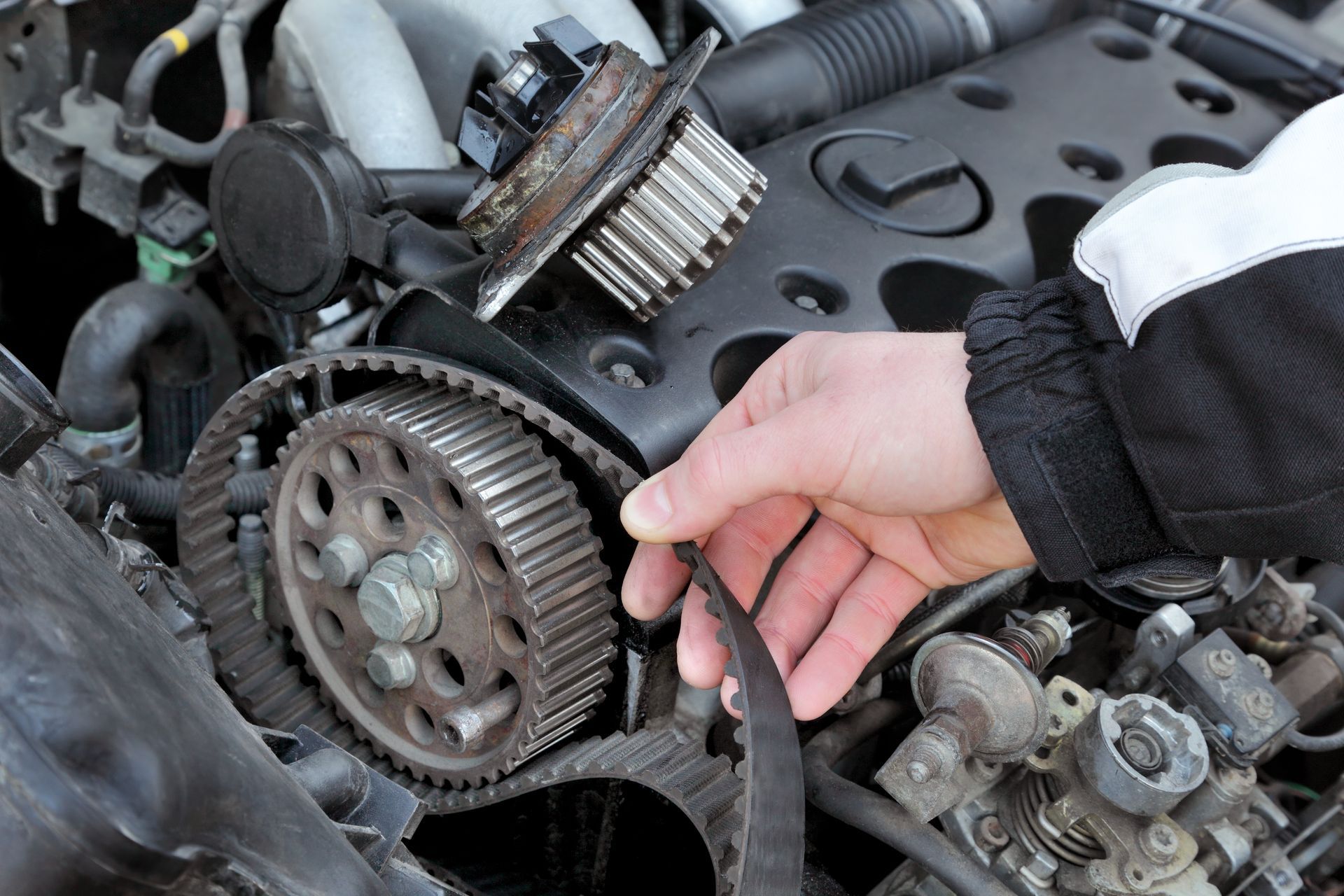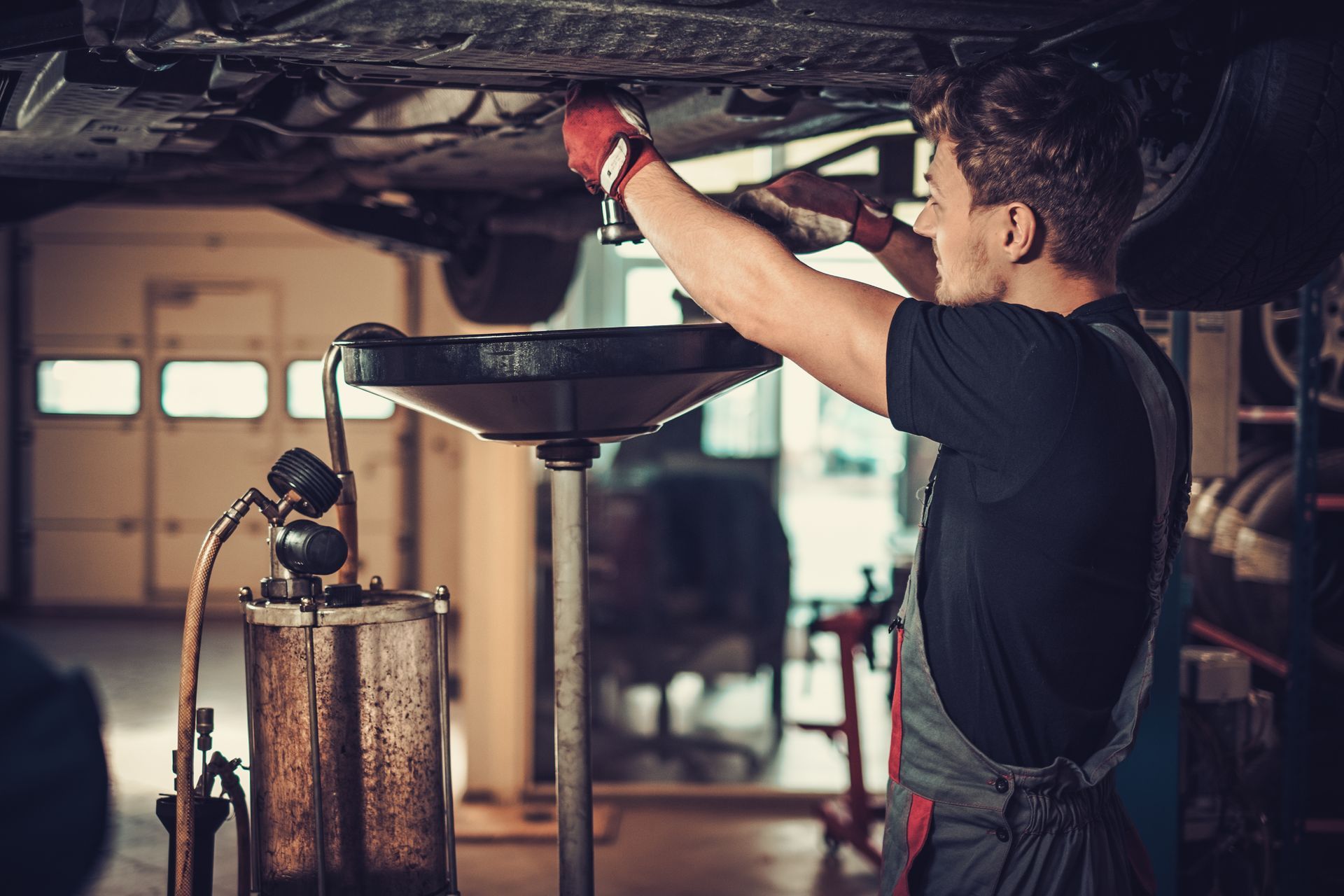Coolant carries heat away from the engine so metal parts stay within a safe temperature range. It flows through passages in the block and cylinder head, then through the radiator, where it sheds heat before recirculating. It also contains additives that resist corrosion and raise the boiling point. When the level drops, the system loses its ability to move and shed heat effectively, which can push temperatures higher than your gauge suggests.
Early Signs Your Coolant Is Low
Most drivers first notice a temperature gauge creeping higher on hills or in traffic. You might see the low coolant light, smell a sweet odor near the front of the car, or spot a small puddle under the bumper after parking. The heater may blow cooler air at idle because there is not enough hot coolant reaching the heater core. Occasional steam from under the hood, even a small wisp, deserves attention. These are early warnings that give you a chance to fix the issue before damage sets in.
Why Running Hot Can Snowball Into Bigger Problems
Engines are built with tight clearances. When metal overheats, it expands, and oil thins out. Bearings lose their protective film, pistons can scuff cylinder walls, and head gaskets may start to leak. Rubber hoses harden, plastic fittings become brittle, and the thermostat can stick. What starts as a simple low level may escalate into coolant mixing with oil, misfires, or a warped cylinder head. Even one severe overheating event can shorten engine life.
Common Reasons Coolant Levels Drop
Small leaks are common at hose connections, radiator end tanks, and water pump weep holes. A cracked plastic reservoir can look fine until it is under pressure. Radiator caps that can no longer hold pressure may allow coolant to boil off slowly. On higher mileage cars, heater core seepage can hide inside the dash and leave a faint film on the windshield. Internal leaks from a failing head gasket are less common but more serious, often showing up as white exhaust smoke or milky residue on the dipstick.
Simple Checks You Can Do Safely
Only check levels when the engine is completely cool. Look at the marks on the reservoir, not the radiator, and top off with the correct coolant type if the level is below “MIN.” If you are unsure of the type, adding distilled water in a small amount is safer than mixing incompatible coolants, but treat that as temporary. Inspect for dried pink, green, or orange residue around hoses and the radiator cap. If the level drops again within a few days, there is likely a leak that needs professional testing.
How Shops Diagnose Low Coolant and Leaks
Technicians can pressure test the cooling system to spot external leaks quickly. UV dye can reveal tiny seeps that do not leave puddles. If an internal leak is suspected, a combustion gas test at the radiator neck can indicate a head gasket problem. The thermostat and radiator fans are checked to make sure circulation and airflow are correct. If the coolant is old or contaminated, a flush may be recommended to restore corrosion protection and proper boiling point.
Preventive Tips to Protect Your Engine
Stick to coolant change intervals, since additives wear out over time. Replace the radiator cap if the seal looks tired or if pressure test results suggest it is weak. Hoses that feel spongy or show surface cracks are cheap to replace compared to a tow bill. Watch the coolant level closely after any repair that requires draining the system, as air pockets can burp out and slightly lower the level during the first drive. If the temperature gauge climbs above normal, turn off the A/C, turn the heater to hot, and pull over to cool down rather than pushing your luck.
Keep Your Car Protected With Power Automotive in Santa Clarita, CA
If your coolant light is on or the temperature gauge is creeping up, our team can test the system, pinpoint leaks, and get you safely back on the road. Schedule a quick inspection or cooling system service today for reliable, local auto repair in Santa Clarita you can trust.

